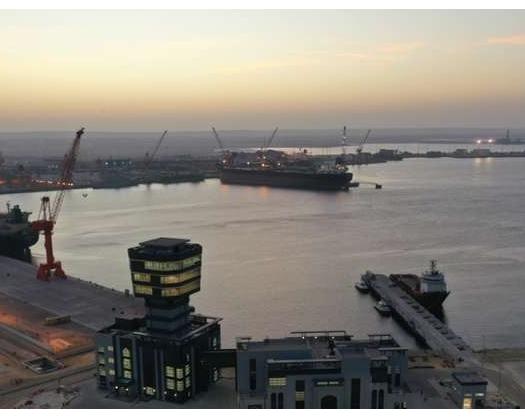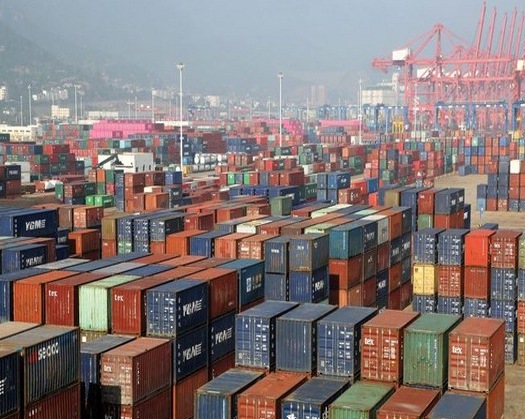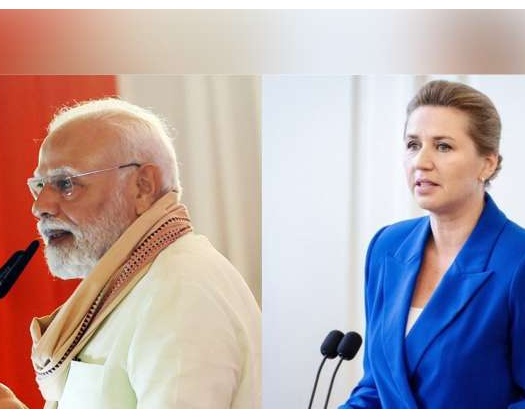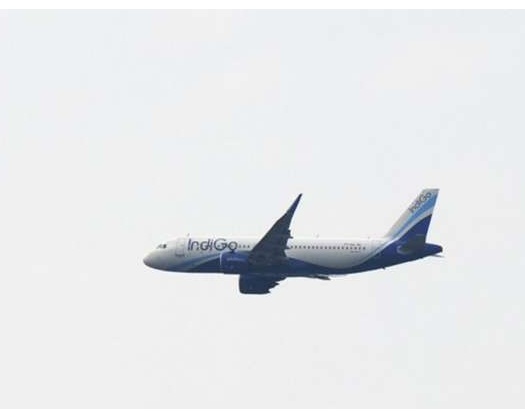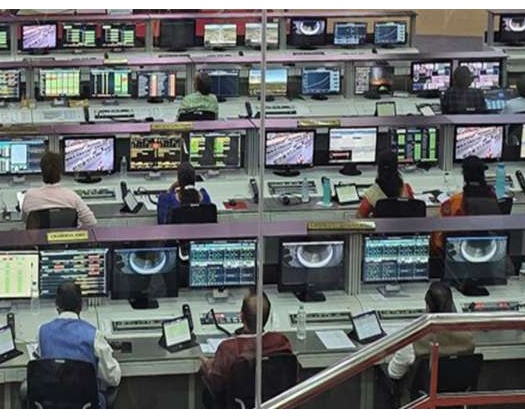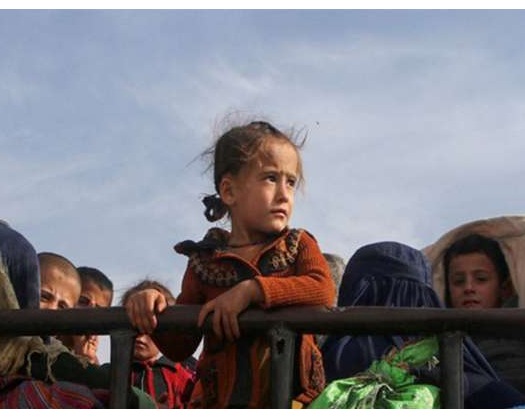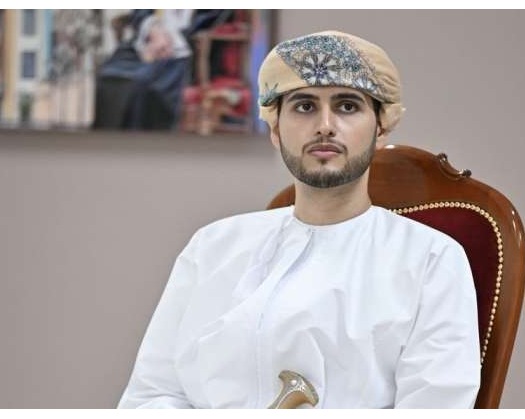The IMF mission in Muscat successfully concluded its initial meetings with the government of Oman from April 30 to May 8, 2024, as part of the Article IV consultations for the year.
During the discussions, the Fund's team and the Omani officials delved into recent economic and financial developments, as well as the economic outlook in the short and medium term considering regional and global factors, along with the public policy priorities in Oman.
Following the mission, a statement was released highlighting the positive growth of economic activity in Oman, with a 1.3 percent increase in real GDP in 2023, primarily driven by non-oil sectors.
Economic growth is projected to be modest at 0.9 percent in 2024 due to the extension of the OPEC+ agreement on oil production cuts until mid-2024. However, it is anticipated to pick up to 4.1 percent in 2025 with the recovery of oil activities and the potential easing of OPEC+ quotas.
Moreover, the statement mentioned that non-oil sector growth is expected to accelerate to 2.6 percent in 2024 and 3.2 percent in 2025, supported by the government's reform initiatives and investment projects, surpassing the 2.1 percent growth recorded in 2023.
The ongoing reform efforts and favorable oil prices have significantly improved the public finance balance and external account balance, resulting in a surplus of 6.6 percent of the GDP in 2023. This surplus is projected to persist in the medium term, driven by favorable oil revenues, increasing non-oil revenues, and sustained financial control measures.
Moreover, the mission highlighted a notable decrease in public sector debt as a percentage of GDP to 36.5 percent in 2023, down from 40.9 percent in 2022, with the government utilizing part of the financial surplus for debt repayment. State-owned enterprises (SOEs) debt remained stable at approximately 31 percent of GDP.
The mission commended the progress made in the reform of SOEs under the Oman Investment Authority (OIA), with 9 successful sales operations in 2023 generating an estimated profit of around $3 billion.
Regarding the external balance, the current account balance exhibited a surplus of 1.4 percent of GDP in 2023 and is anticipated to remain positive in the medium term.
Despite the decrease in leverage ratios in the public sector, the total international reserves at the Central Bank of Oman (CBO) reached $17.5 billion in 2023, supported by a substantial rise in Foreign Direct Investment (FDI).
The Fund's mission statement highlighted the robustness of the banking sector, emphasizing the strong levels of bank capital, liquidity, and profitability, as well as the solid asset quality.
In December 2023, banks' net foreign assets turned positive for the first time since 2014, following increased investments in foreign securities.
The statement commended the ongoing structural reforms, such as the implementation of social protection and labor laws, progress in privatizing state-owned enterprises, debt reduction, and investments in climate-related initiatives to meet renewable energy and green hydrogen targets in the medium term.
The government's priorities, as outlined in the statement, include enhancing tax administration, streamlining financial expenditures, reinforcing the medium-term financial framework, facilitating SME financing, and expediting digital transformation.
Furthermore, it is important to highlight that these priorities and reforms align with the goals of Oman Vision 2040 in promoting a more inclusive, sustainable, and knowledge-based economy.

